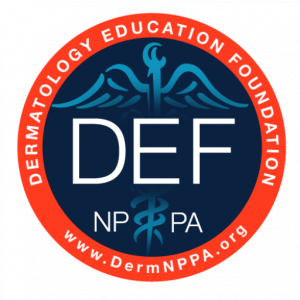Kristine Kucera, PA-C, MPAS, DHS
Human Papillomavirus (HPV) is a DNA virus that most commonly manifests as cutaneous warts. The current treatments that we use in our daily practice aim to irradicate the existing lesions.
The lesions can be treated in many ways ranging from mechanical destruction or immunotherapy. Regardless of the mode of treatment used, we seek to induce an immune cytotoxic response against the viral cells that will lead to their demise and hopefully prevent new lesion formation.
Whether clinicians use a single treatment or combination of therapies, recalcitrance and recurrence rates are high. Warts are associated with personal discomfort and psychological distress. In my personal experience, cutaneous warts are one of the most frustrating conditions that I treat, due to the lack of efficacy of our current options and the fact that nothing new seems to be on the horizon. “Warts” have been known to be tough to treat, and it is important that we communicate this to our patients and let them know that multiple treatments and return visits may be necessary.
I am always open to new suggestions and found an interesting retrospective study to evaluate the clinical effectiveness and safety of intralesional HPV-9 valent vaccines for the treatment of recalcitrant warts. Twenty patients (13 adults and 7 children) were treated with an intralesional injection of 0.1 mL of 9-valent HPV vaccine into the largest existing wart. The procedure was repeated at 2-week intervals until complete clearance for a maximum of six sessions. Twelve patients (60%) displayed a complete response, whereas 8 patients (40%) showed a partial response. There were no systemic adverse events reported. Larger controlled studies are needed to confirm results, however the researchers concluded that intralesional HPV-9 valent vaccine was an option for treatment of recalcitrant warts.
Kristine Kucera, PA-C, MPAS, DHS, is Assistant Clinical Professor, University of Texas Southwestern, Medical Center PA Program, Dallas, TX. She is a member of the DEF Advisory Council.
Reference:
1. https://onlinelibrary.wiley.com/doi/10.1111/1346-8138.16905
